Fish! Which fish is healthy, even for pregnant women?
-
Fish is healthy, that is beyond dispute. However, there are also a number of types of fish that are less healthy or even completely unhealthy. It is also not recommended to eat all kinds of fish during pregnancy or certain illness. Caught fish contains too much mercury or other unnecessary substances that can be extra harmful for pregnant women or people with a low resistance. View the overview of the six healthiest fish for everyone!
-
Fish is healthy, that is beyond dispute. However, there are also a number of types of fish that are less healthy or even completely unhealthy. During pregnancy or certain illness it is also not recommended to eat all kinds of fish. Caught fish contains too much mercury or other unnecessary substances that can be extra harmful for pregnant women or people with a low resistance. View the overview of the six healthiest fish for everyone!
The six healthiest fish to eat
-
White Tuna Wild salmon Farmed Oysters Wild Pacific Sardines Farmed Rainbow Trout Fresh water Coho salmon
White Tuna
-
The danger with many tuna is that it is rich in mercury, which can be very harmful to pregnant women or persons in poor health. Many canned tuna are therefore subject to this effect, but there are a few exceptions. Albacore tuna caught in the United States or British Columbia contains much less mercury than other tuna. The reason for this is because they catch the fish in those areas when they are still relatively small. Because these fish are still small and young, they contain much less mercury. It is up to the customer to choose the right tuna. Since the country of origin is often not on the packaging, you should look for the MSC logo for reliable fishing.
-
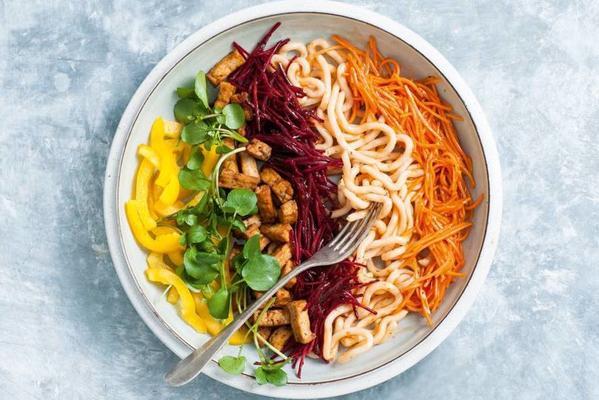 11 minMain dishpeanut oil, tofu stir-fry cubes finely seasoned, stir fry sauce sweet and sour, thick noodles, carrot julienne, beetroot julienne, yellow bell pepper, watercress,rainbow salad with tofu
11 minMain dishpeanut oil, tofu stir-fry cubes finely seasoned, stir fry sauce sweet and sour, thick noodles, carrot julienne, beetroot julienne, yellow bell pepper, watercress,rainbow salad with tofu -
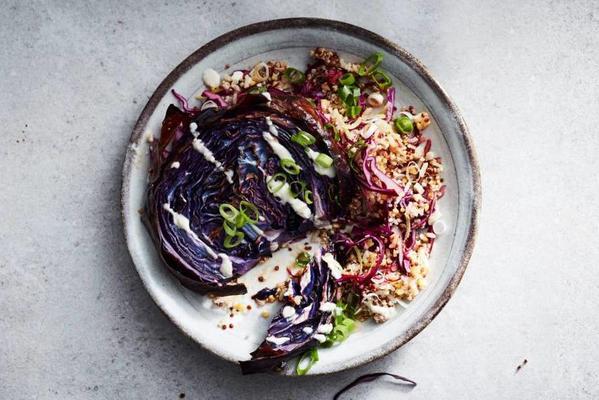 45 minMain dishRed cabbage, mild olive oil, quinoa plus, forest outing, lemon, sesame oil, soy sauce less salt, Bio Today tahini white in pot, tap water,grilled red cabbage with quinoa salad
45 minMain dishRed cabbage, mild olive oil, quinoa plus, forest outing, lemon, sesame oil, soy sauce less salt, Bio Today tahini white in pot, tap water,grilled red cabbage with quinoa salad -
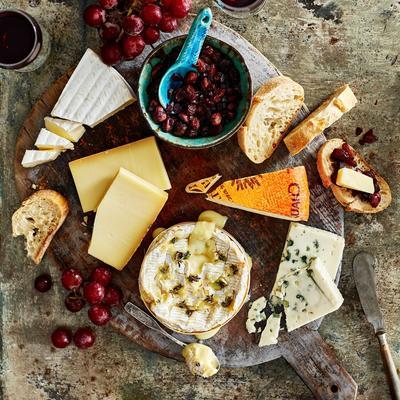 30 minDessertBrie, Roquefort, port salut, gruyere, Camembert, walnut, garlic, thyme, honey, grape, baguette, Red onion, red grape, raisins, Red wine, Red wine vinegar, Brown sugar,generous cheese plate with onion marmalade
30 minDessertBrie, Roquefort, port salut, gruyere, Camembert, walnut, garlic, thyme, honey, grape, baguette, Red onion, red grape, raisins, Red wine, Red wine vinegar, Brown sugar,generous cheese plate with onion marmalade -
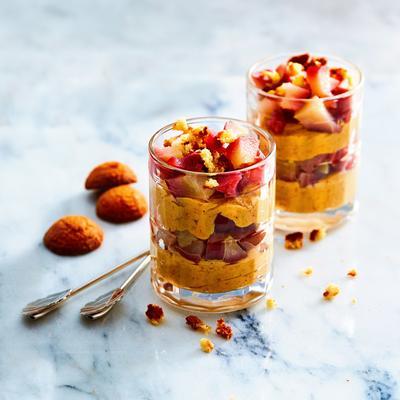 30 minDessertFull Milk, whipped cream, macaroon, custard powder, vanilla sugar, sugar, protein, amaretto, almond liqueur, basic recipe cooking pears,macaroon pastry with casserole
30 minDessertFull Milk, whipped cream, macaroon, custard powder, vanilla sugar, sugar, protein, amaretto, almond liqueur, basic recipe cooking pears,macaroon pastry with casserole
Wild Salmon
-
Wild Alaskan salmon is the purest and most reliable salmon you can eat. Fish management in Alaska is therefore worked out down to the smallest detail. Alaska, for example, has a number of biologists who regularly have to count the number of fish returning to the estuaries. In this way there is no overfishing and the correct amount of fish is always retained for mating. If the desired number is not reached, then all fisheries are closed until the number is back on point. In addition, the quality of the water is also closely monitored. Even if this does not meet expectations, the catch is stopped. The combination of these two control techniques makes wild Alaskan salmon the highest quality in the world. For example, this fish contains 1.210 milligrams of omega 3 fatty acids per 80 grams of fish and has been virtually spared from the major water pollution in the world.
-
Wild Alaskan salmon is the purest and most reliable salmon you can eat. Fish management in Alaska is therefore worked out down to the smallest detail. Alaska, for example, has a number of biologists who regularly have to count the number of fish returning to the estuaries. This prevents overfishing and keeps the right amount of fish for mating. If the desired number is not reached, then all fisheries are closed until the number is back on point. In addition, the quality of the water is also closely monitored. Even if this does not meet expectations, the catch is stopped. The combination of these two control techniques makes wild Alaskan salmon the highest quality in the world. For example, this fish contains 1.210 milligrams of omega 3 fatty acids per 80 grams of fish and has been virtually spared from the largest water pollutants in the world.
Farmed Oysters
-
Cultured oysters are full of good substances, 80 grams of oyster contains more than 300 milligrams of omega 3 fatty acids and about 60% of the recommended daily amount of iron. In addition, oysters are also good for the environment because they feed on natural nutrients such as algae in the water. As a result, the quality of the water where oysters live is drastically higher than where they do not live. In addition, oysters can also act as natural reefs that can trap food for other fish. However, oysters should not be eaten raw, as they are still full of bacteria and viruses that can cause all kinds of diseases.
-
Cultured oysters are full of good substances, 80 grams of oyster contains more than 300 milligrams of omega 3 fatty acids and about 60% of the recommended daily amount of iron. In addition, oysters are also good for the environment because they feed on natural nutrients such as algae in the water. As a result, the quality of the water where oysters live is drastically higher than where they do not live. In addition, oysters can also act as natural reefs that can trap food for other fish. However, oysters should not be eaten raw, they are still full of bacteria and viruses that can cause all kinds of diseases.
Wild Pacific Sardines
-
Although a sardine or furer is a miniscule small fish, it is highly regarded by several dietitians, and there are reasons for this. About 80 grams of sardines contain 1,950 milligrams of omega 3 fatty acids. That's more than salmon, tuna, or any other food source. In addition, sardines are also one of the few food sources that are naturally rich in vitamin D. However, care should be taken with the right kind of fish, many small fish species are nowadays referred to on the packaging as sardines. A quick look at the back of the packaging does not hurt as a counter-check. The reason why wild Pacific sardines are the healthiest is therefore not only because the catch is controlled, but also because there are certain that they are real sardines.
-
Although a sardine or furer is a miniscule small fish, it is highly regarded by several dietitians, and there are reasons for this. About 80 grams of sardines contain 1,950 milligrams of omega 3 fatty acids. That's more than salmon, tuna, or any other food source. In addition, sardines are also one of the few food sources that are naturally rich in vitamin D. However, care should be taken with the right kind of fish, many small fish types are nowadays referred to as sardines on the packaging. A quick look at the back of the packaging does not hurt as a counter-check. The reason why wild Pacific sardines are the healthiest is therefore not only because the catch is controlled, but also because there are certain that they are real sardines.
-
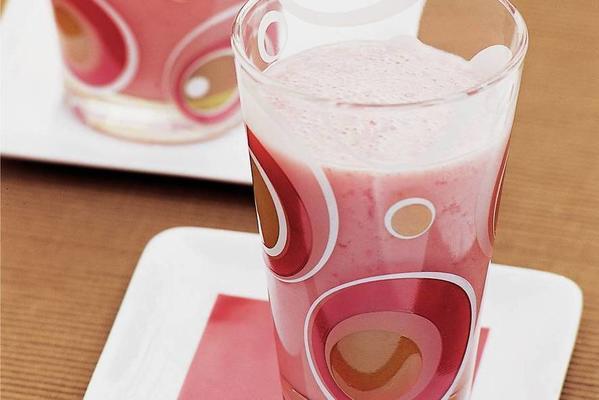 5 minDrink without alcoholbananas, cool fresh apple-pear raspberry juice, Soy drink vanilla,soy fruit shake
5 minDrink without alcoholbananas, cool fresh apple-pear raspberry juice, Soy drink vanilla,soy fruit shake -
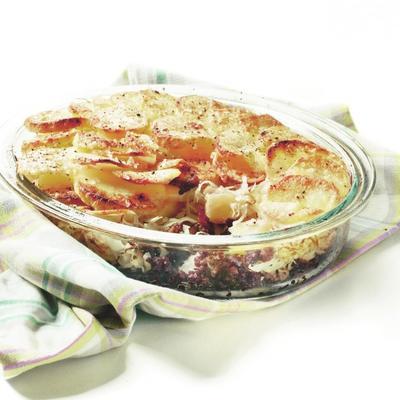 20 minMain dishsauerkraut, sticking potato, liquid baking product, half-to-half minced, Spice meatballs, pineapple, olive oil, liquid baking product,gratin sauerkraut dish with minced meat
20 minMain dishsauerkraut, sticking potato, liquid baking product, half-to-half minced, Spice meatballs, pineapple, olive oil, liquid baking product,gratin sauerkraut dish with minced meat -
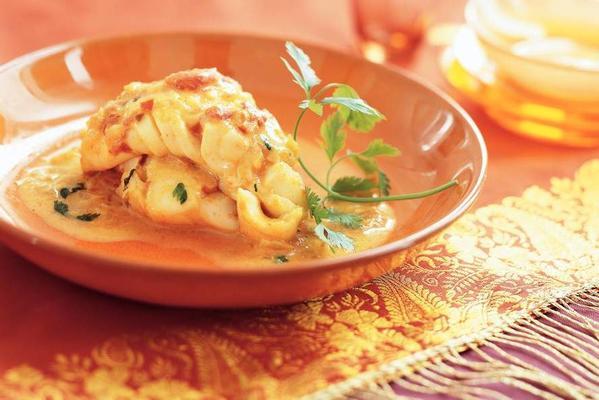 40 minMain dishlemongrass, fresh ginger, Red peppers, onions, tomato cubes, fresh cod fillet, coriander, oil, ground turmeric (koenjit), coconut milk, salt,fish in creamy coconut sauce
40 minMain dishlemongrass, fresh ginger, Red peppers, onions, tomato cubes, fresh cod fillet, coriander, oil, ground turmeric (koenjit), coconut milk, salt,fish in creamy coconut sauce -
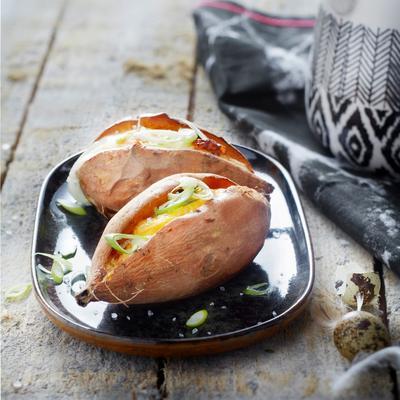 15 minSide dishsweet potato, soft goat cheese, egg, spring / forest onion,stuffed sweet potato with egg
15 minSide dishsweet potato, soft goat cheese, egg, spring / forest onion,stuffed sweet potato with egg
Farmed Rainbow Trout
-
Although rainbow trout from ponds and lakes are heavily contaminated, the majority of rainbow trout on the market comes from farms. In shops, however, rainbow trout will not always be found under the name rainbow trout, but as salmon trout. The wild rainbow trout has a pink color because it feeds on shrimp and lobsters. Because the farmed rainbow trout does not get this food, it is naturally white. Often, however, harmless dyes are added, which also gives the farmed rainbow trout a beautiful pink color.
Fresh water Coho salmon
-
The freshwater coho salmon or silver salmon is the first and only farmed salmon to receive a good rating from the US Seafood Commission. Many farms' fish are packed in large tubs of water. However, this is not recommended for salmon because they can easily become infected by parasites. However, coho palms are grown in closed water troughs where they are given room to grow. Besides the fact that farmed coho salmon can grow in good health, it is also rich in omega 3 fatty acids, 80 grams of this fish contains about 1.025 milligrams of omega 3.